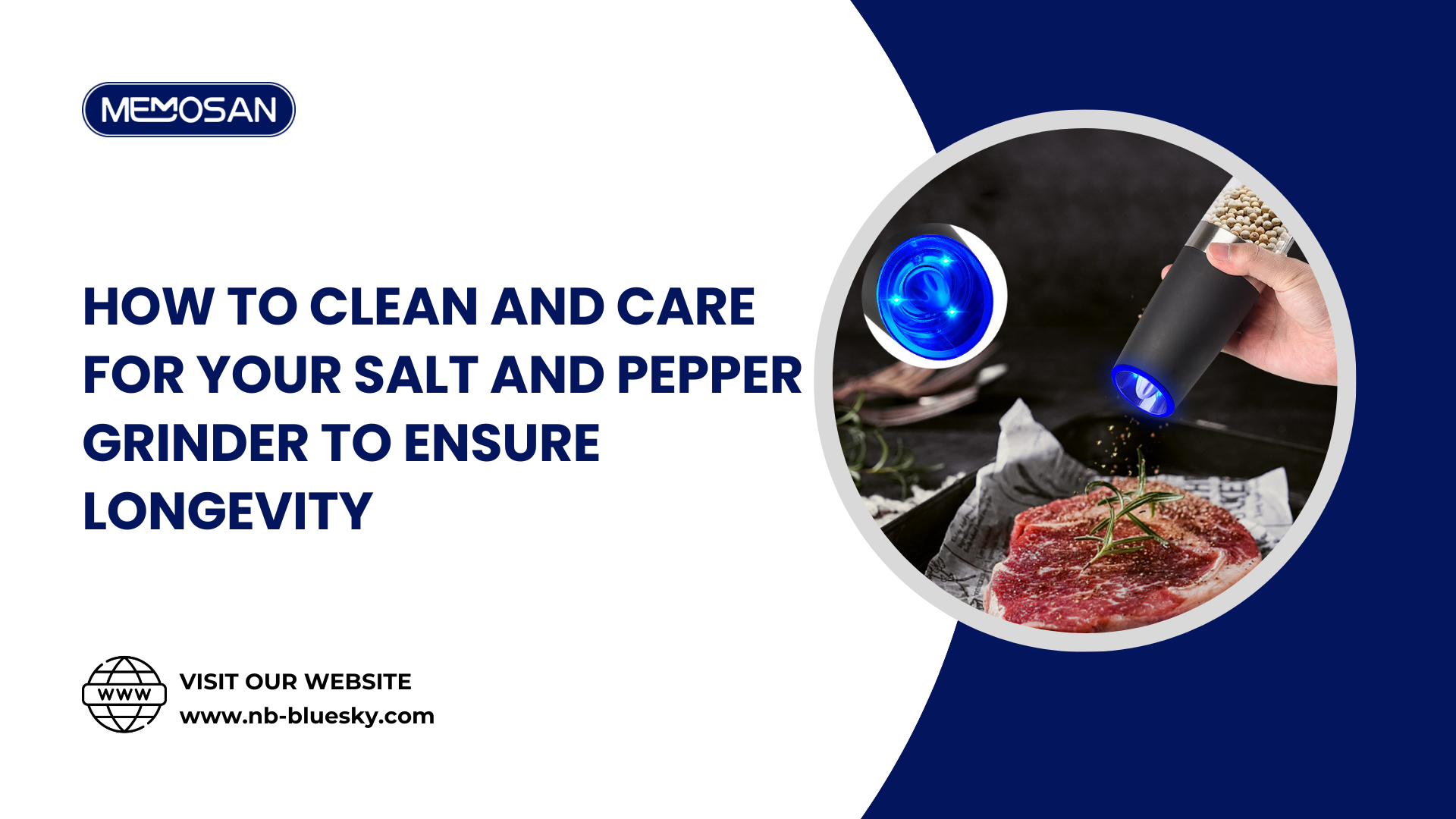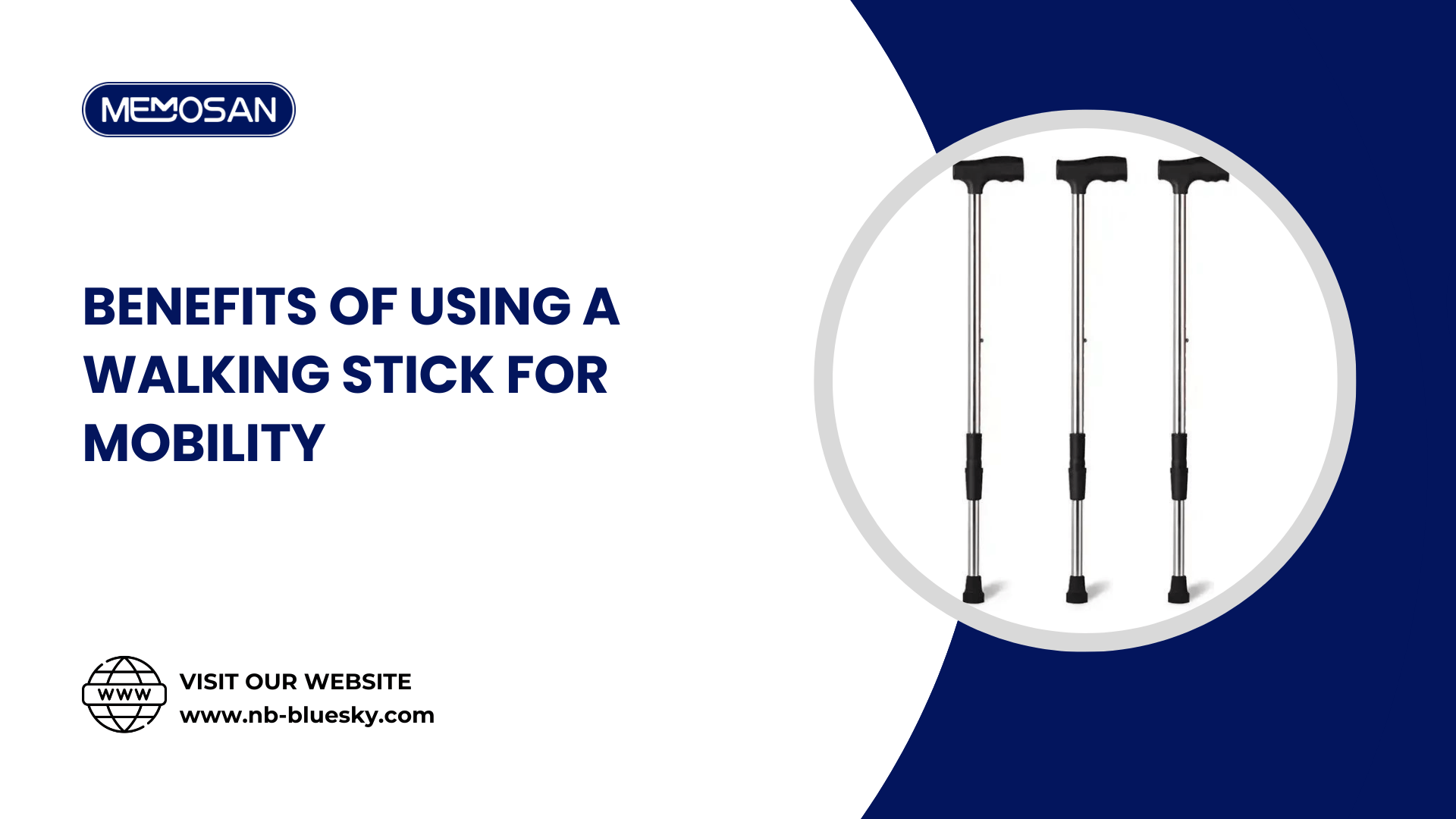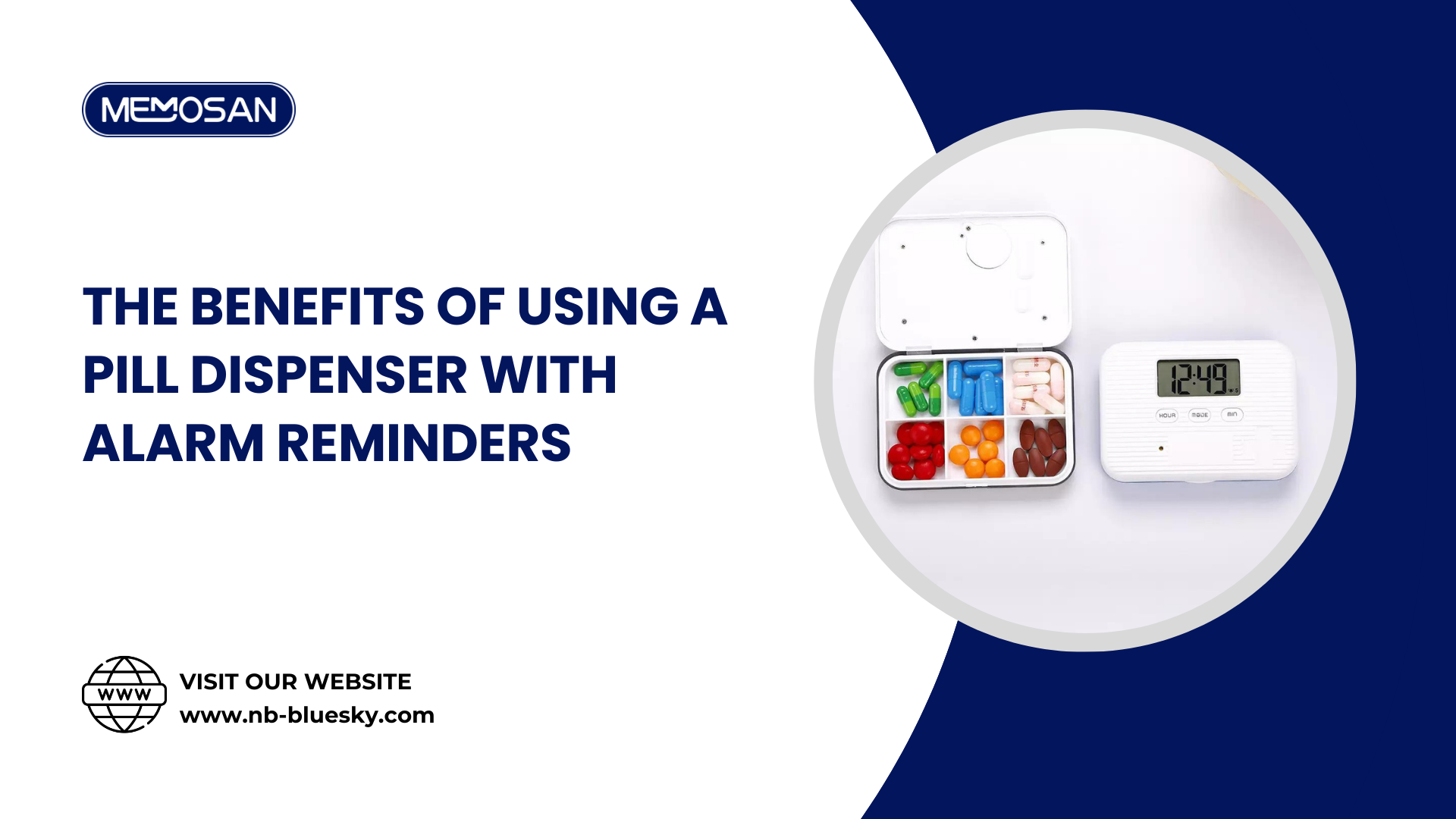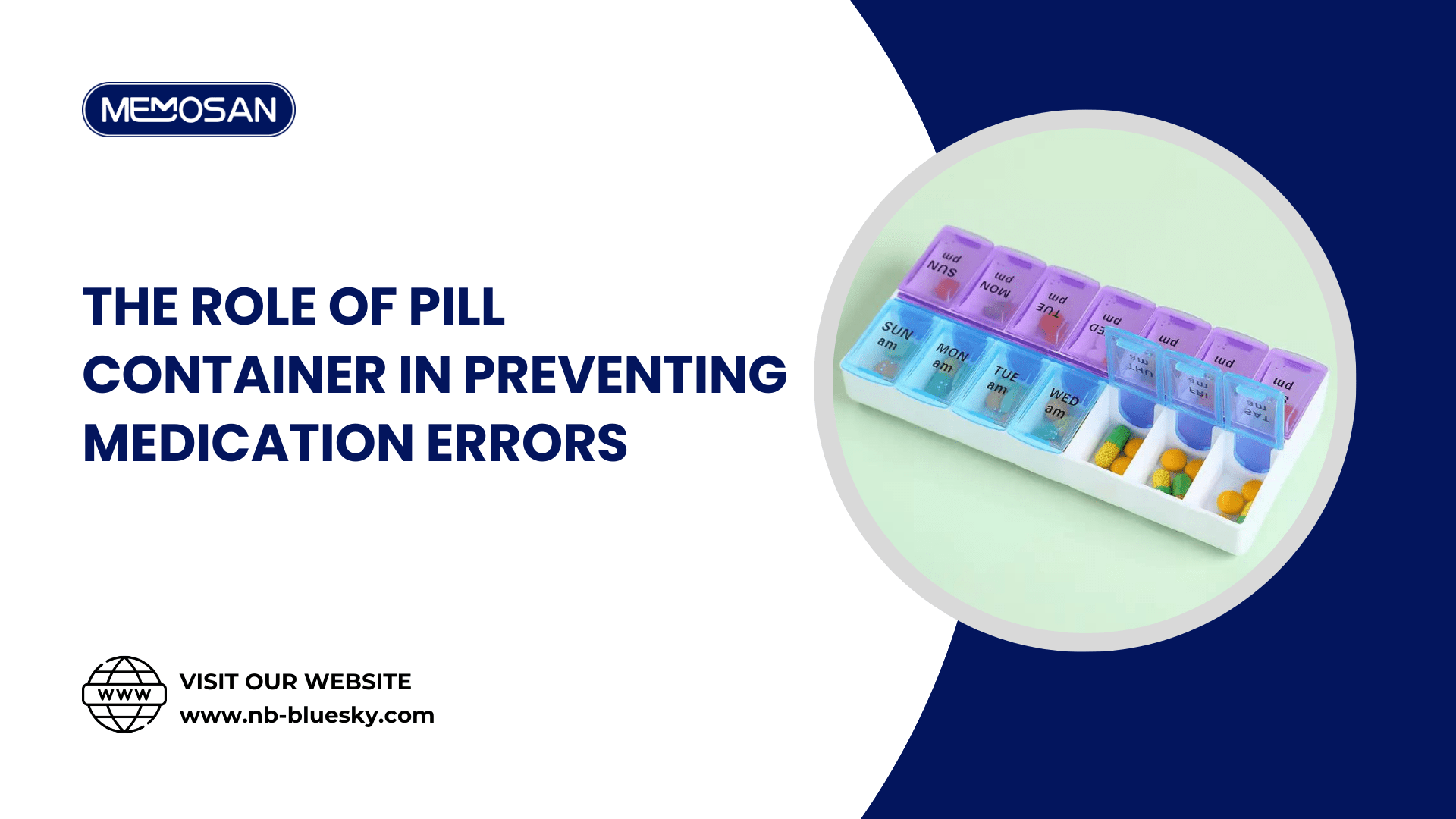A salt and pepper grinder is an important tool in any kitchen, including tasting and seasoning our favourite dishes. A salt and pepper grinder, also called a salt and pepper mill, is a kitchen tool used to grind salt and pepper into finer debris for seasoning food. It normally includes a box or chamber containing the salt or peppercorns and a grinding mechanism, which can be guide or electric. However, to keep their capability and hygiene, taking care of them frequently is essential.
Introduction
Salt and pepper grinders are imperative gear in international culinary practice, and they are respected for their potential to elevate flavours with precision and finesse. These kitchen essentials have transcended mere functional software to become iconic symbols of culinary craftsmanship and connoisseur eating experiences.
At their centre, salt and pepper grinders embody the essence of culinary artistry, allowing users to customize and refine the seasoning in their meals to perfection. Unlike pre-ground seasonings, which frequently lack freshness and potency, salt and pepper grinders allow for the on-call grinding of complete peppercorns and salt crystals, ensuring the most effective taste retention and aromatic depth.
In this guide, we’ll explore the high-quality cleansing practices and being concerned about salt and pepper grinders to ensure premier overall performance.
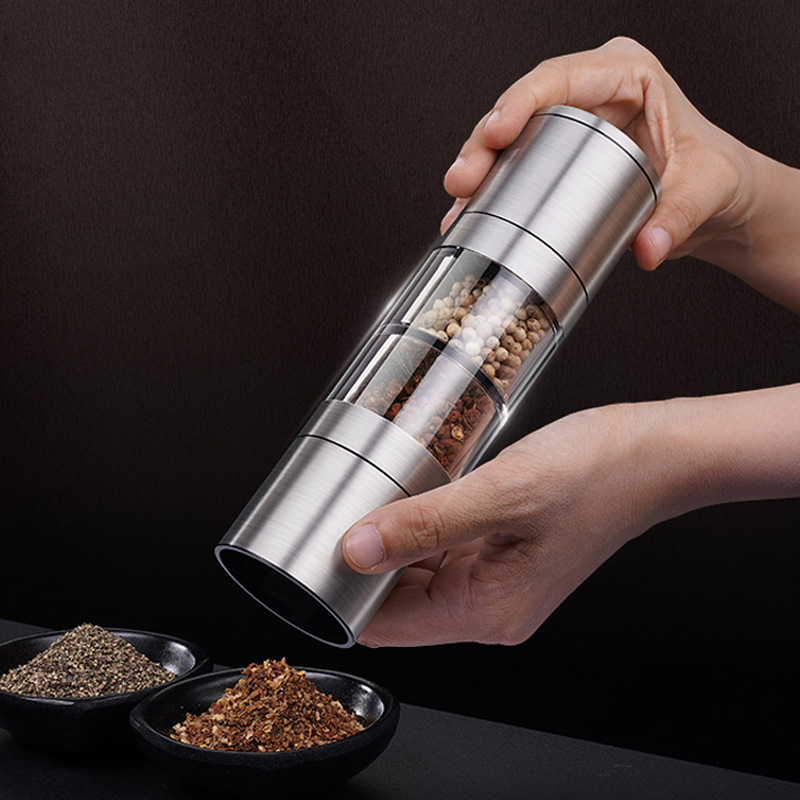
Difference Between a Pepper Grinder and Salt Grinder
The distinction between a pepper grinder and a salt grinder now lies not in the handiest of their intended use but within the subtle nuances of their layout and capability. While both serve the fundamental cause of grinding seasoning, they’re tailor-made to accommodate the unique characteristics of pepper and salt, imparting wonderful blessings and considerations for the discerning person.
One of the number one differences between pepper and salt grinders lies within the composition of their grinding mechanisms. Pepper grinders commonly function with long-lasting, corrosion-resistant stainless steel or carbon metal grinding mechanisms, able to correctly pulverize peppercorns into diverse consistencies, from coarse flakes to excellent powders. This robust production is important for withstanding peppercorns’ abrasive nature and ensuring constant overall performance over the years.
In contrast, salt grinders rent ceramic or acrylic grinding mechanisms designed to resist corrosion and erosion due to the moisture content found in salt. Unlike pepper, which poses minimal danger of corroding metal additives, salt can boost the degradation of steel grinding mechanisms, leading to dwindled performance and potential contamination of the seasoning. Ceramic or acrylic mechanisms offer superior longevity and reliability when grinding salt, preserving their sharpness and integrity even after prolonged use.
Another key difference between pepper and salt grinders is their settings and adjustments. Pepper grinders often function in adjustable settings that allow customers to control the grind’s coarseness or fineness, offering versatility in seasoning diverse dishes. This potential to customize the grind length is particularly positive in culinary programs where precise seasoning is paramount, such as baking or connoisseur cooking.
How to Use Salt and Pepper Grinder
Whether you are seasoning a salad, grilling meat, or completing a pasta dish, mastering the artwork of the usage of a salt and pepper grinder can beautify the flavour and aroma of your culinary creations. Here’s a simple guide on the way to use a salt and pepper grinder effectively:
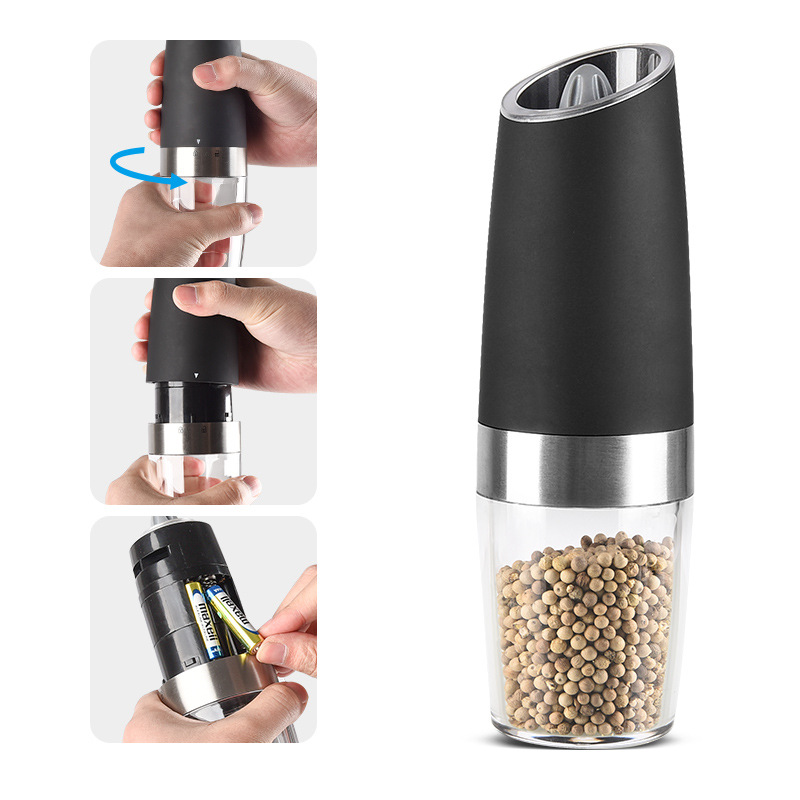
Fill the Grinder
Start filling the grinder with your preference for salt or peppercorns. Most grinders function as a detachable top or bottom cap that lets you get right of entry to the chamber where the seasoning is stored. Fill the chamber with sufficient salt or peppercorns, and don’t overfill it.
Adjust the Grinding Setting
If your grinder functions adjustable settings, which include a knob or dial for controlling the coarseness of the grind, alter it in step with your desire. For a finer grind, tighten the putting; for a coarser grind.
Grind the Seasoning
Hold the grinder firmly in a single hand and grip the body or the grinding mechanism with the other hand. Begin twisting or urgently twisting the pinnacle or backside of the grinder in a clockwise motion to provoke the grinding system. Apply consistent pressure as you grind, adjusting the coarseness and putting as much as possible to attain the desired texture.
Season to Taste
As you grind, study the texture and quantity of the distributed seasoning. Continue grinding till you’ve executed the preferred amount of salt or pepper. Remember to season your dish gradually, tasting as you move, to avoid over-seasoning.
Clean and Store
After use, the grinder is easy to use by wiping it with a dry fabric to remove any residue or moisture. If necessary, disassemble the grinder and wash the components with mild soap and water, ensuring they are thoroughly dry before reassembling. Store the grinder in a dry, cool area far from direct sunlight to preserve its integrity and overall performance.
Importance of Cleaning and Caring for Your Grinders
The significance of cleansing and being concerned in your grinders can not be overstated, as the right protection ensures superior performance and safeguards the first protection of your seasoning. Whether you use a salt grinder, a pepper grinder, or a mixture of each, incorporating everyday cleansing and preservation practices into your kitchen is crucial for maintaining their longevity and enhancing the taste of your dishes.
First and foremost, the ordinary cleansing of your grinders is crucial for maintaining hygiene and stopping the accumulation of contaminants. Over time, residual seasoning particles, moisture, and meal debris can accumulate inside the grinder’s chambers and surfaces, developing a breeding floor for microorganisms and mildew. Failure to smooth your grinders regularly can lead to pass infection and compromise the safety of your meals, particularly if you’re grinding raw substances or using the grinders for exceptional seasonings.
Moreover, not easing your grinders can adversely affect their overall performance and flavour output. Residue and particles left behind from preceding uses can clog the grinding mechanism, impeding its capability to pulverize seasoning efficaciously. This can result in uneven grinding, inconsistent flavour distribution, and dwindled aroma, detracting from the general culinary revel. By cleansing your grinders regularly, you dispose of any obstructions and ensure smooth operations, allowing for ideal flavour extraction and seasoning dispersion.
In addition to cleaning, the right care and upkeep are important for prolonging the lifespan of your grinders and maintaining their capability. Salt may be corrosive to steel additives if left unchecked, leading to rusting and deterioration of the grinding mechanism. By drying your grinders thoroughly after cleansing them and storing them in a dry, properly ventilated region far away from moisture and direct sunlight, you could mitigate the chance of corrosion and enlarge the durability of your investment.
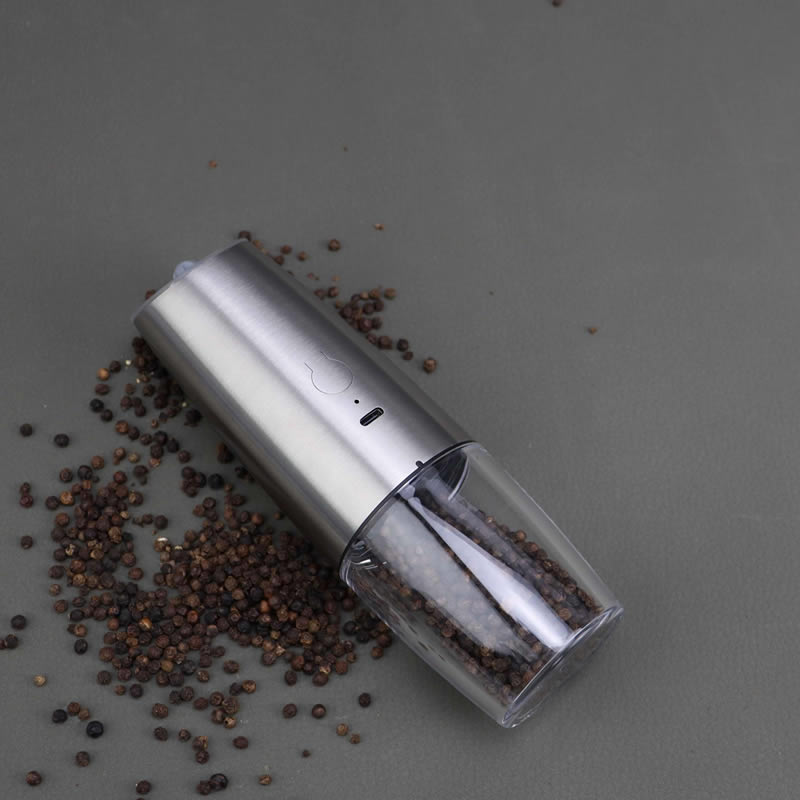
Step-by-Step Guide to Cleaning Your Salt and Pepper Grinder
- Disassemble the Grinder: Start by disassembling your grinder in a way consistent with the producer’s commands. This normally involves casting off the pinnacle and bottom caps, in addition to the grinding mechanism.
- Remove Residue and Debris: Use a gentle-bristled brush or toothbrush to gently scrub away any residue or particles from the grinder’s interior and outside surfaces. Pay special attention to hard-to-attain areas where food particles might also accumulate.
- Cleaning with Damp Cloth & Water: Cleaning the external body of your salt grinder is quite straightforward. The best way to clean it is to use a damp cloth. Plain water is sufficient — do not use any cleaning products such as antibacterial spray. Always dry the salt grinder thoroughly before putting it away.
- Drying Thoroughly: After soaking, remove the grinder elements from the soapy water and rinse them below running water to avoid any soap residue. Use a smooth fabric to pat the parts dry, ensuring they may be freed from moisture.
- Reassemble the Grinder: Once the elements are dry, reassemble the grinder in a manner consistent with the producer’s instructions. Ensure all additives are securely in the vicinity before using the grinder again.
If you are looking to clean the inside of the grinder, A small brush is highly recommended (such as a paintbrush or pastry brush, depending on the size of your mill) to gently clean the inside of the mill. Do not clean the internal part with flow water, especially for the electronic model. Which might cause short circuits and even permanent damage.
Materials Needed for Cleaning
To clean your salt and pepper grinder correctly, there are some easy substances:
- Mild dish soap
- Plain water
- Soft-bristled brush or toothbrush
- Clean, dry fabric
Regular Maintenance Tips
Here are a few extra hints for regular protection of your salt and pepper grinder:
- Use High-Quality Salt and Peppercorns: Opt for extremely good, whole salt crystals and peppercorns to ensure the best overall performance and taste.
- Rotate Seasonings: To prevent residue accumulation and hold freshness, rotate the form of salt and pepper you operate in your grinder. Alternating between specific sorts, consisting of sea salt, Himalayan salt, black peppercorns, and white peppercorns, can help prevent the buildup of moisture and lengthen the existence of your grinder.
- Avoid Grinding Wet Ingredients: Refrain from grinding wet or moist elements into your grinder, which will lead to clogging and corrosion. If you need to season dishes with wet components, including lemon juice or olive oil, accomplish that one after the other and avoid using the grinder right now until it is absolutely dry.
- Inspect for Wear and Tear: Periodically look into your grinder for symptoms of wear and tear, such as loose additives, damaged grinding mechanisms, or cracks in the body. Address any issues immediately to prevent additional damage and ensure your grinder’s ongoing capability.
- Lubricate Moving Parts: Apply a meals-safe lubricant, including mineral oil or silicone grease, to the shifting parts of your grinder to ensure easy operation and reduce friction-associated harm.
- Store Properly: When no longer in use, save your grinder in a dry, cool environment far from sources of heat and humidity. Consider using a defensive case or pouch to guard the grinder against dust and capacity damage at some point in storage or journey.
- Sharpen Blades (if applicable): If your grinder capabilities blades in preference to burrs, do not forget to spruce them periodically to maintain their cutting efficiency. Use a sprucing stone or tool designed particularly for grinder blades, following the manufacturer’s commands carefully.
Troubleshooting Common Issues
- Stuck Mechanism: If the grinder becomes caught or difficult to turn, attempt disassembling it and cleaning the mechanism thoroughly. Lubricating the moving parts with a meals-safe oil may additionally assist.
- Rust Buildup: To prevent rust buildup, dry the grinder well after cleansing and keep it from being exposed to moisture for extended intervals. If rust does develop, lightly scrub the affected areas with baking soda and water.
Final Thoughts
You must clean and take care of your salt and pepper grinder for hygiene and functioning. Always use high-quality salt and peppercorns for the best outcomes, and follow the manufacturer’s cleaning instructions. That grinder will survive for many years to come and give you access to freshly ground seasoning whenever you need it if you follow the instructions in this guide and carry out routine maintenance.
FAQs: Salt and Pepper Grinder
What is a salt and pepper grinder?
A salt and pepper grinder is a kitchen tool used to grind salt and pepper into finer particles for seasoning food. It typically consists of a container or chamber for holding the salt or peppercorns and a grinding mechanism, allowing precise control over the grind size.
Can you use the same grinder for salt and pepper?
Using the same grinder for salt and pepper is technically possible, but it’s generally not recommended. Salt and pepper have different properties that can affect the grinder’s performance and longevity. It’s best to use separate grinders for salt and pepper to maintain optimal performance and flavour.
What is the difference between a pepper grinder and a salt grinder?
The primary difference between a pepper grinder and a salt grinder is their construction and design. Pepper grinders typically feature durable, corrosion-resistant stainless steel or carbon steel grinding mechanisms, whereas salt grinders use ceramic or acrylic mechanisms to resist corrosion caused by salt’s moisture content.
Can you use the salt grinder for spices?
While salt grinders are specifically designed for grinding salt, they can also be used for grinding certain spices with similar properties, such as dried herbs or spices like coriander seeds or dried chilli flakes. If you frequently grind various spices, using separate grinders is best to maintain purity and flavour integrity.

